Re-doing an old lawn
HU-779819699
3 years ago
Related Stories

DECORATING PROJECTSWhat to Do With Old Family Photos
Find out how to research, share and preserve images that offer a connection to the past
Full Story
LIFESo You're Moving In Together: 3 Things to Do First
Before you pick a new place with your honey, plan and prepare to make the experience sweet
Full Story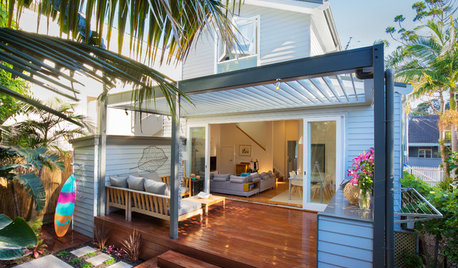
ADDITIONSWhat an Open-Plan Addition Can Do for Your Old House
Don’t resort to demolition just yet. With a little imagination, older homes can easily be adapted for modern living
Full Story
FIREPLACESWhat to Do With That Fireplace You’re Not Using
Make the extra space work for you with artfully arranged logs, books or decorative objects
Full Story
FEEL-GOOD HOMEThe Anti-To-Do List: 10 Things You Don’t Need to Be Doing
Aren’t you busy enough? Give yourself a break and consider letting these tasks go
Full Story
WORKING WITH PROSWhat Do Landscape Architects Do?
There are many misconceptions about what landscape architects do. Learn what they bring to a project
Full Story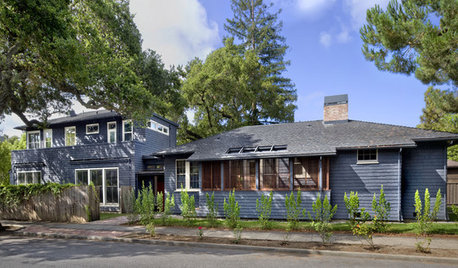
ARCHITECTUREStyle Divide: How to Treat Additions to Old Homes?
One side says re-create the past; the other wants unabashedly modern. Weigh in on additions style here
Full Story
GARDENING GUIDES10 Tips to Start a Garden — Can-Do Ideas for Beginners
Green up your landscape even if you're short on time, money and knowledge, with these manageable steps for first-time gardeners
Full Story
SAVING WATERHouzz Call: Are You Letting Go of Your Lawn?
Many facing a drought are swapping turf for less thirsty plantings. If you’re one of them, we’d like to hear about it
Full Story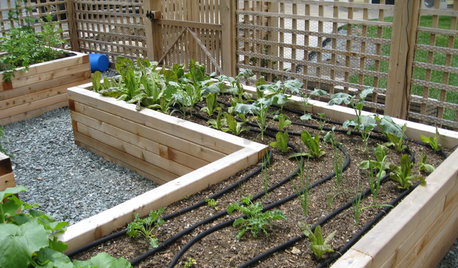
SPRING GARDENINGEnjoy the Peak of Spring Gardening — Here’s What to Do in May
Bid the frost farewell and treasure the blooms. No matter what U.S. region you’re in, one of these guides will help your garden flourish
Full StoryMore Discussions







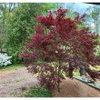
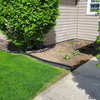


morpheuspa (6B/7A, E. PA)
D M PNW
Related Professionals
Edmond Landscape Architects & Landscape Designers · Carson Landscape Architects & Landscape Designers · Saint Matthews Landscape Architects & Landscape Designers · Biloxi Landscape Contractors · Elmhurst Landscape Contractors · Painesville Landscape Contractors · Soddy Daisy Landscape Contractors · Garden City Decks, Patios & Outdoor Enclosures · Hyattsville Landscape Architects & Landscape Designers · Williamsburg Landscape Contractors · Choctaw Landscape Contractors · Cordele Landscape Contractors · Fishers Landscape Contractors · Olympia Landscape Contractors · Quincy Landscape Contractorsmorpheuspa (6B/7A, E. PA)
HU-779819699Original Author
morpheuspa (6B/7A, E. PA)
Van Zelst Inc